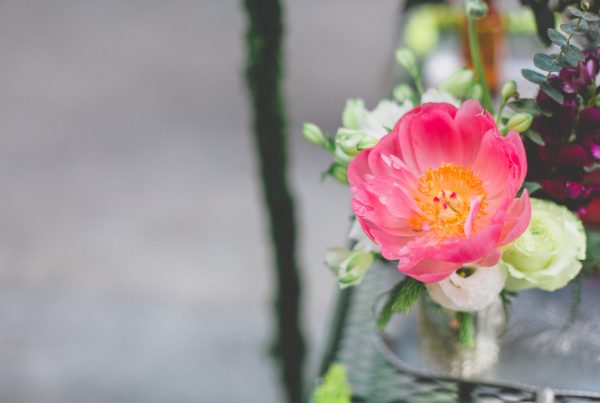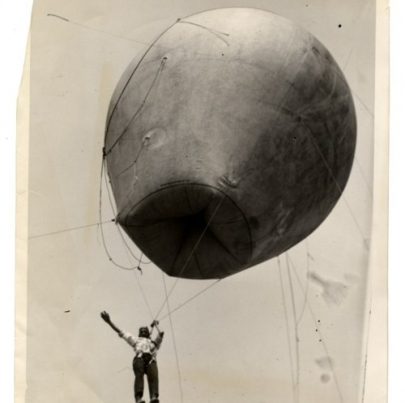There were at least ten cover ideas for my novel Stray Love before the final version was selected. One was beautifully hand-lettered and featured a 1960’s photo of a young boy drawing at a desk. One featured a Hepburn-look-a-like sporting an elaborate hat, set against a bold red background. One showed a man’s head from behind with the type hammered out in white. Another had a close-up view of a woman wearing a psychedelic mini-skirt and go-go boots. Then there was the battered suitcase and forlorn teddy bear.
Speaking from experience, I know it’s sometimes (always) hard for an author to yield control of her book at the design stage. After years of working, you hope and pray that the designer assigned to the job will have the interest and flair to make a jacket that can reflect the content and tone of the story. The dream is that the jacket will end up being punchy, beautiful, smart, funny, or simply odd enough to grab the attention of book shoppers in a busy environment.
Having worked at a design studio for five years, I also know that an author is not always the best judge of what his/her book should look like. Peter Mendelsund, an associate art director at Knopf, and an art director at Pantheon and Vertical Press, has pointed out that writers are often too close to their stories to see the Gestalt. Add to this the fact that a knack for narrative does not always translate into visual talent or even good taste and you can imagine the surge of freewheeling comments. As Mendelsund notes, the discussion can quickly become farcical. “That’s when you start to hear things like ‘I hate the color blue,’ and ‘Here’s a drawing my niece made, can you work it in?’ and my favorite: ‘There’s not enough blood.’”
Mendelsund is the dynamo behind some of today’s most recognizable covers. He has a penchant for abstract illustrated jackets (see his Kafka and Foucault series), which tend to leave more to the reader’s imagination. He reminds me of mid-century modern designers Alvin Lustig and Paul Rand—though not all his work is as simple or rectilinear. He has also, for example, designed the more arabesque The Girl With the Dragon Tattoo (the bright yellow one with the swirling dragon design.)
In reading about Mendelsund recently I learned that he started off as a classical musician, transitioning after 25 years of study into design for the prosaic reason that he wanted health insurance for this young family. He had a eureka moment when he came across Zone books one day. “I hardly noticed covers at all before I was a cover designer… The memorable exception would be my first encounter with the Zone books in the late eighties. I remember walking into the old Columbia University Bookforum and seeing those jackets, and some deep, limbic, animal part of me just going berserk. I bought the Zone Henri Bergson on the spot. And I still haven’t read it.”
I had a eureka moment while reading this. The design studio I worked for was none other than Bruce Mau’s. I fell in love with Zone books when I was in University and walked into Bruce’s Toronto studio one day (a tiny space above a local cake factory) and asked if I could intern. I learned a great deal during my time working with Bruce on books. He raised the bar for intelligent design and taught me that, at its best, good form was not a pretty shell for content but rather its expressive embodiment.
p.s. Thank you to Ingrid Paulson and the art team at HarperCollins for showing such patience and dedication.






